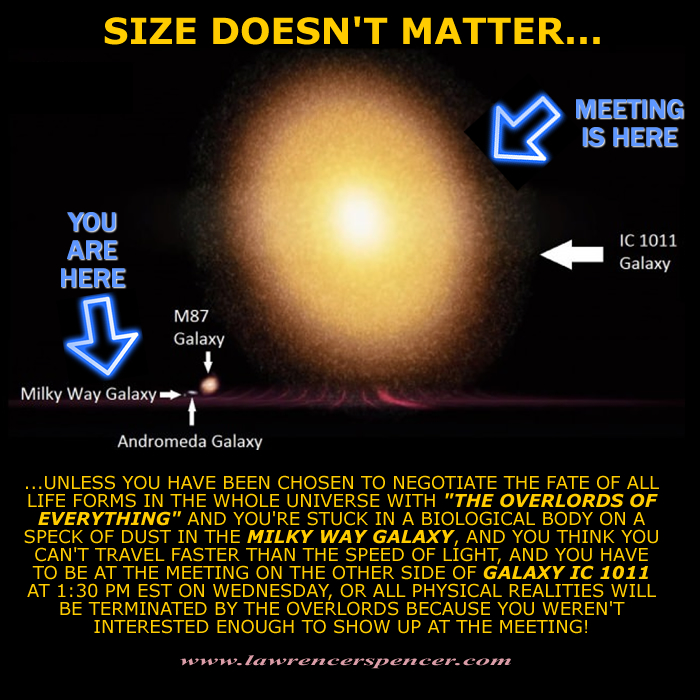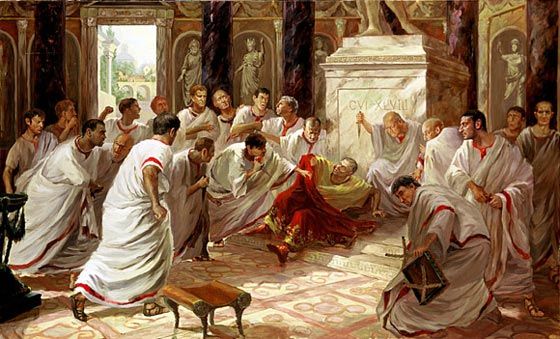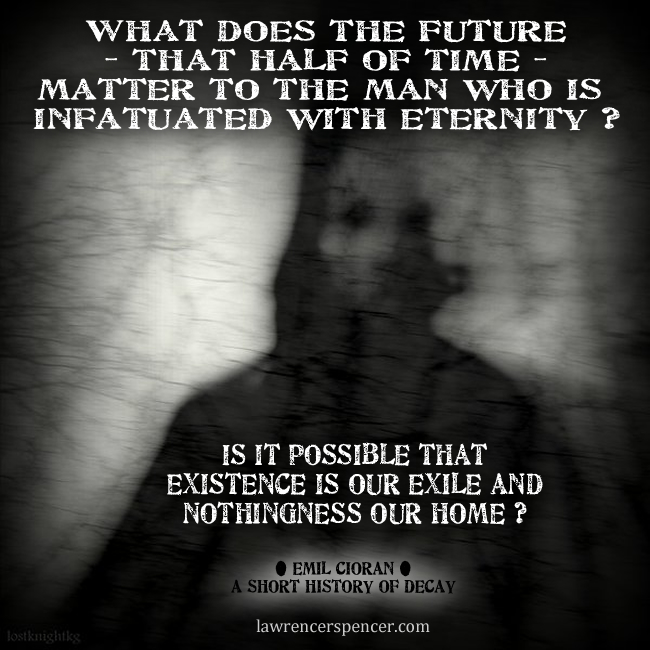Republished by Blog Post Promoter
 Some years ago I undertook the study of a heretofore unknown “science” which I named “Prescient Eschatology”. Being the inventor and first practitioner of this new “science”, I endowed myself with the honorary title of “Doctor of Prescient Eschatology“. My first action of “predicting the future” was that I would become a student and professor of this new philosophical / theological / ontological / logical discipline. Although highly esoteric in nature, the subject has maintained a vast appeal to nearly all of humanity throughout it’s brief history on Earth. Everyone wants to know the past and predict or create the future!
Some years ago I undertook the study of a heretofore unknown “science” which I named “Prescient Eschatology”. Being the inventor and first practitioner of this new “science”, I endowed myself with the honorary title of “Doctor of Prescient Eschatology“. My first action of “predicting the future” was that I would become a student and professor of this new philosophical / theological / ontological / logical discipline. Although highly esoteric in nature, the subject has maintained a vast appeal to nearly all of humanity throughout it’s brief history on Earth. Everyone wants to know the past and predict or create the future!
Pre·scient /ˈpreSH(ē)ənt/ Adjective — Having or showing knowledge of events before they take place.
Eschatology (from the Greek eschatos/eschatē/eschaton meaning “last” and -logy meaning “the study of”, first used in English around 1550) is a part of theology, physics, philosophy, and futurology concerned with what are believed to be the final events of history, the ultimate destiny of humanity. In the context of mysticism, the phrase refers metaphorically to the end of ordinary reality and reunion with the Divine.
The most obvious point of departure for the student into the subject of Prescient Eschatology is the fundamental understanding that time in the physical universe is an “eternal now”. For the practical purposes of my study I use the following definitions:
A) Time is a measurement of the motion and change of position of objects in space within the eternal now of the physical universe.
B) The future is a logical extension of:
1) volition (the act or power of making choices or decisions) and 2) momentum (the product of the mass and velocity of an object) within the eternal now of existence in the physical universe.
Therefore, if we want to predict, change or create a future we must understand and/or alter volition and momentum by any means that can be effected on them. The means and methods of creating a future are nearly infinite in an eternal now of possibilities.
As for the “past”, time travel, changing the past, memory of the past, etc., these are a discussion of “subjective reality” or personal opinion. The “past” is entirely dependent upon the experience and opinion (whether agreed upon or not) from the unique point of view of each individual observer of the motion of objects in space, i.e. time. The study of “time travel” is the singular topic of interest for which I have become a member of the highly exclusive and secretive society: THE ORDER OF OMEGA TIME TRAVEL CULT. Should anyone be interested in becoming a member of this highly esoteric organization, please inquire using the contract procedures available through this Blog.
Enjoy The Journey of The Eternal Now!






